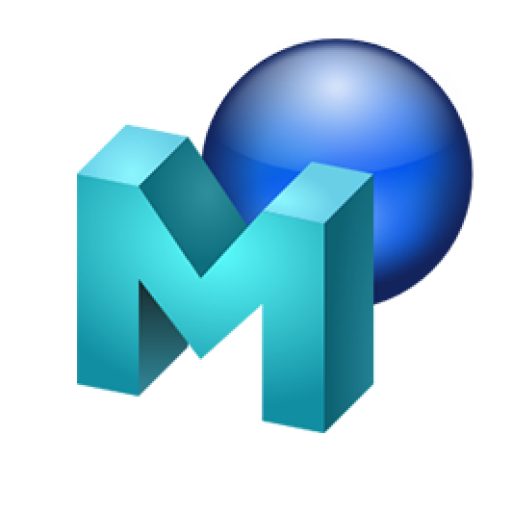Improving Prescribing with the Right Technology at the Right Time
GUEST POST BY COVERMYMEDS
Setting patients on the right medication access journey is often a team effort. While the prescriber is often diagnosing the patient’s condition and making the final medication selection, nurses are also key to prescribing. Other care team members contribute through patient demographic intake, benefits verification and communication between prescribing teams and pharmacies.
Care teams often experience strain driven by incomplete pictures of patients. As one psychiatric nurse practitioner from Connecticut [1] shared in a recent survey:
“There are still so many unmet needs in the healthcare arena as it relates to understanding, access to care and to treatment and compliance that have yet to be addressed.”
But though the challenges patients and care teams must overcome in accessing and adhering to prescriptions is extensive, solutions are here.

Supporting all prescribing roles
Nurses are the trusted providers who spend the most time with patients, and such, their time is precious. Most nurses consider it their responsibility to be informed on the prior authorization requirements, drug sunsets, formulary changes, drug interactions and benefit details for each patient.[2]
“You have many that don’t understand their care, which brings nursing to a teaching moment,” said one urology nurse in Alabama.
A commitment to fully informed prescribing ensures care teams have ready access to data that inform the best prescribing decisions based on each patient’s distinct health, financial and coverage circumstances. Nurses are often researching across multiple data sources, platforms and organizations to find reliable information on behalf of their patients.
“Having to go to multiple places just to find out what medications an insurance will cover is frustrating for professionals, so I can only imagine how frustrating it is for patients,” said one mail-order pharmacy technician in Arizona.
Such complex administrative processes detract from valuable face-to-face interaction between care teams and patients. Physicians only spend 15 minutes on average with each patient, and 40 percent of all healthcare providers report not having time to discuss medications during their brief window of time with patients.[2]
As detailed in the CoverMyMeds 2021 Medication Access Report, “almost all nurses said they provide patient and medication information to prescribers,” with over half of those surveyed reporting a reliance on internet searches for the information.[3]
Real-time prescription benefit technology at the point of prescribing can help care teams understand a fuller picture of the patient’s physical and financial health — and their best path forward for accessing, affording and adhering to their medications.

Strengthening care teams through technology
Even before the COVID-19 pandemic complicated the relationship between care providers and patients, 71 percent of nurses reported dissatisfaction with the amount of time required of them to navigate patient insurance benefits and prescription access.[2]
Given the various critical roles in point-of-prescribing interactions, no care team member should feel they’ve become a “ward clerk,” as one nurse described the experience.
Technology can simplify and automate the manual research processes for care teams to reach fully informed prescribing. This affords prescribers and care teams more valuable time interacting with patients.
Effective technology solutions elevate care team roles to operate at the top of their licenses, helping improve the overall effectiveness of care teams and patients’ health outcomes.
[1] CoverMyMeds Medication Access Report, 2021
[2] CoverMyMeds Nurses Survey, 2019


Comments are closed